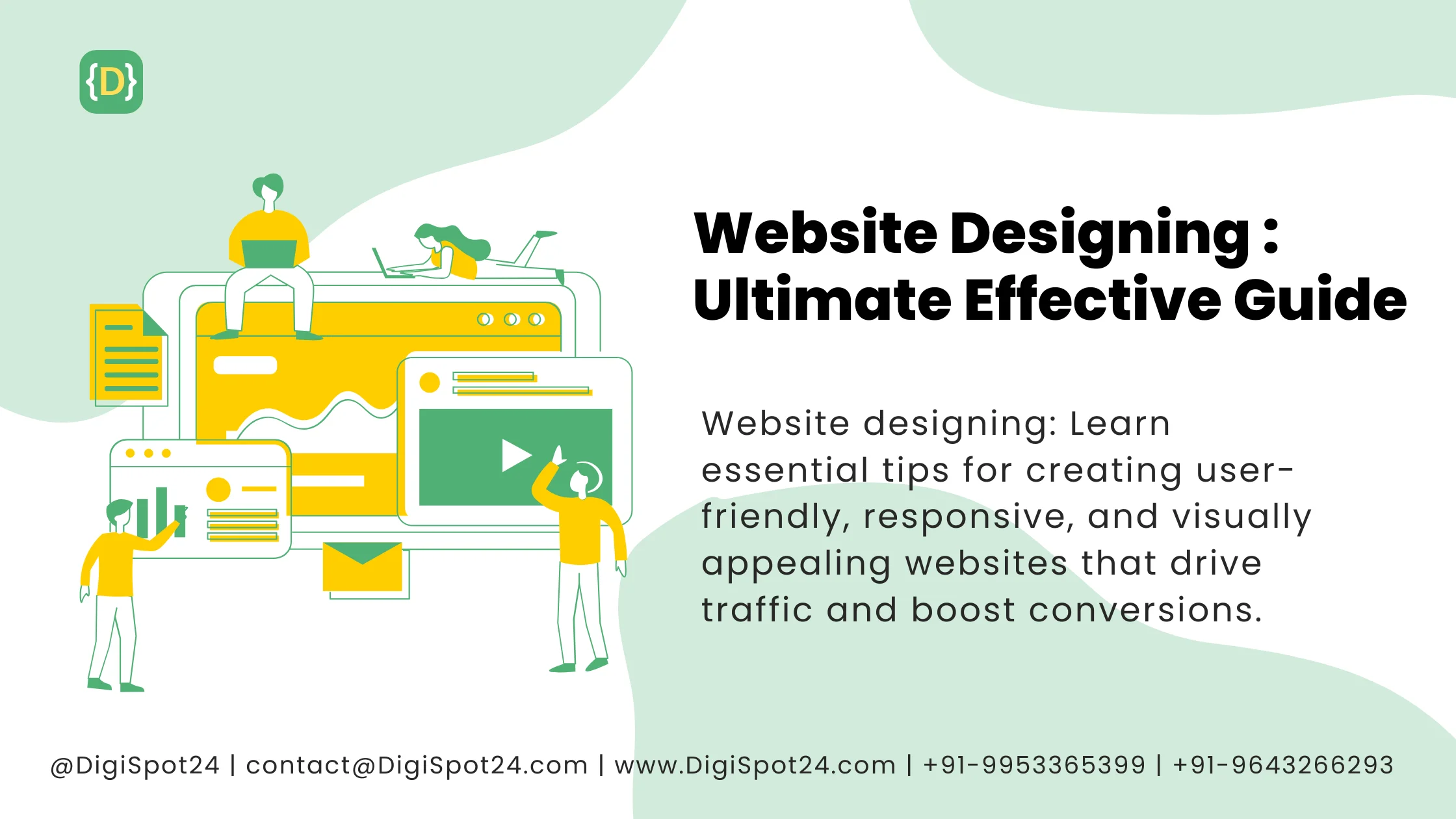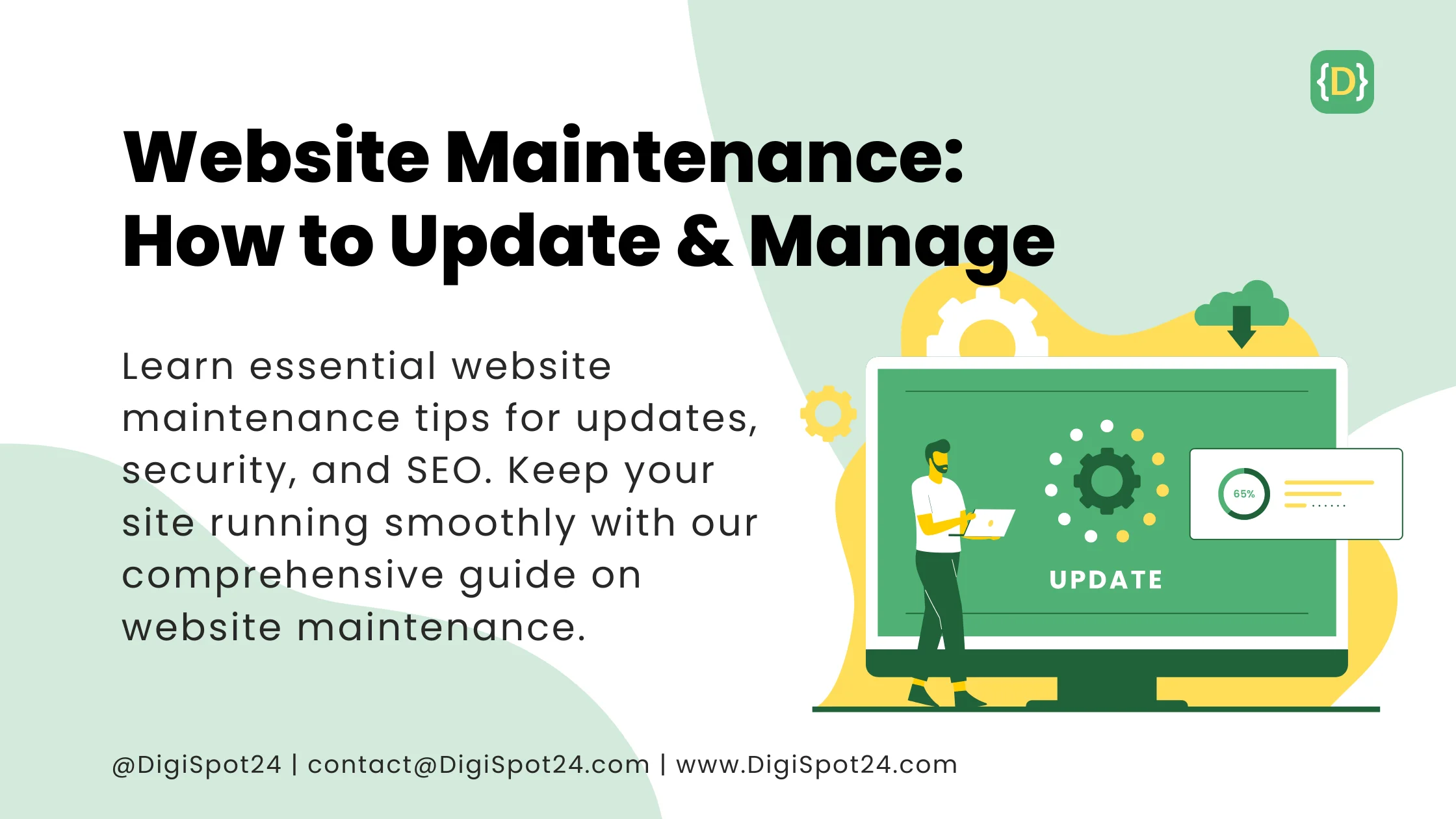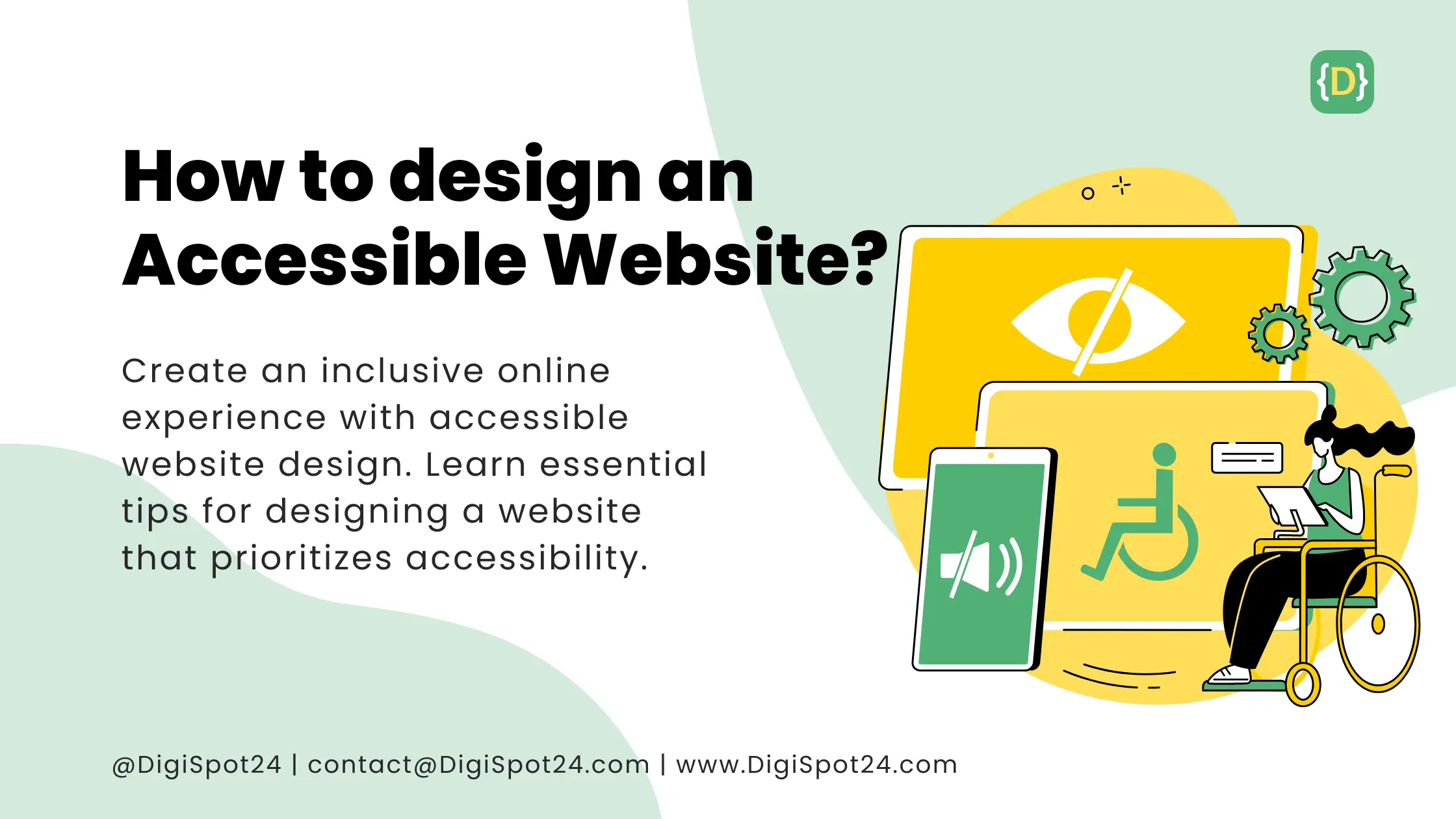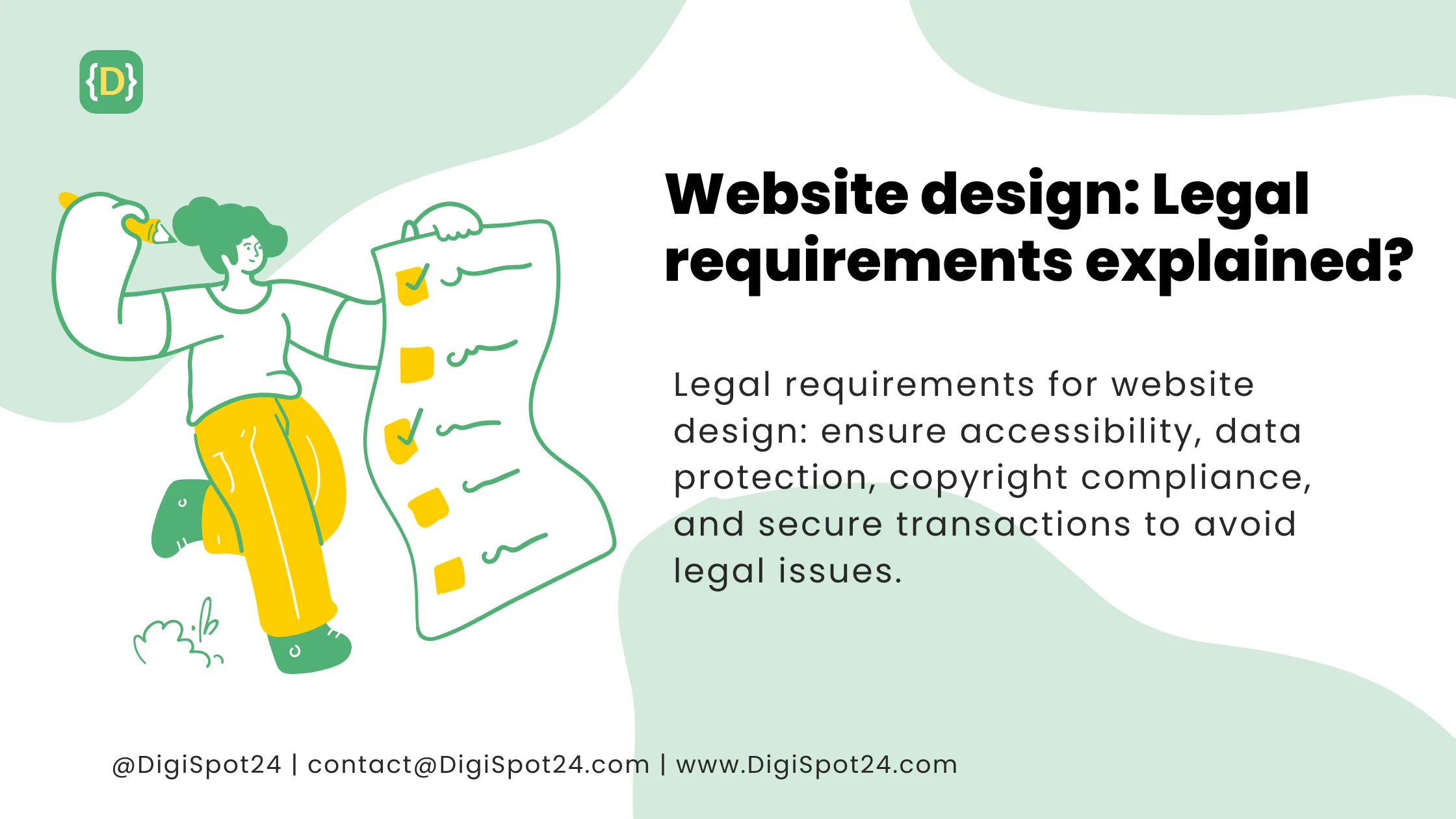Website Designing is important because In today’s digital age, having an effective website is crucial for any business or organization. But what exactly makes a website effective?
How can you ensure that your website stands out from the competition and captures the attention of your target audience?
Look no further than our ultimate guide to effective website designing. Whether you’re a seasoned web designer or a novice looking to create your first website, this comprehensive guide will provide you with all the tools and knowledge you need to create a visually appealing, user-friendly, and conversion-optimized website. From understanding the importance of responsive design to choosing the right color palette, we’ll cover all the essentials of website design.
Discover best practices for creating clear and concise navigation, engaging content, and stunning visuals that leave a lasting impression on your visitors. With expert tips and real-world examples, this guide will empower you to design websites that not only look great but also drive traffic, generate leads, and boost conversions. So, get ready to take your website design skills to the next level and create websites that truly captivate and convert.
Website Designing : Importance of Effective Website Design
The first impression visitors have of your website can determine whether they stay or leave within seconds. Effective website design is not just about aesthetics; it’s about creating a functional, user-friendly experience that meets the needs of your audience. A well-designed website can enhance your brand’s credibility, improve customer engagement, and ultimately drive business growth.
Key Benefits of Effective Website Design:
- Enhanced User Experience: A seamless and intuitive user experience keeps visitors engaged and encourages them to explore your site further.
- Increased Conversion Rates: An optimized website design can guide visitors toward desired actions, such as making a purchase or signing up for a newsletter.
- Improved SEO: Search engines favor websites that are well-structured and easy to navigate, leading to higher search rankings and increased visibility.
- Brand Consistency: A cohesive design that aligns with your brand identity reinforces your brand message and builds trust with your audience.
- Mobile Accessibility: With the rise of mobile internet usage, a responsive design ensures your site is accessible on all devices, providing a consistent experience for all users.
Website Designing : Elements of Effective Website Design
Creating an effective website involves several key elements that work together to deliver a seamless experience. These elements include:
- Layout: A clean and organized layout helps users find information easily and enhances readability.
- Visual Hierarchy: Proper use of size, color, and spacing to prioritize content and guide users’ attention.
- Content: High-quality, relevant content that addresses the needs and interests of your audience.
- Images and Graphics: Visual elements that complement your content and enhance the overall aesthetic of your site.
- Call-to-Action (CTA): Clear and compelling CTAs that encourage users to take specific actions.
Best Practices for Each Element:
- Layout: Use grid-based layouts to keep your design structured. Avoid clutter by using plenty of white space.
- Visual Hierarchy: Highlight important information using larger fonts, bold colors, or contrasting backgrounds.
- Content: Keep your content concise and engaging. Use headings, bullet points, and images to break up text and make it easier to scan.
- Images and Graphics: Use high-quality images that are relevant to your content. Optimize images for web use to ensure fast loading times.
- Call-to-Action (CTA): Place CTAs prominently and make them stand out with contrasting colors. Use action-oriented language to prompt users to act.
Website Designing : User Experience and User Interface Design
User Experience (UX) and User Interface (UI) design are critical components of effective website design. While UX focuses on the overall feel of the experience, UI focuses on how the website is laid out and how users interact with it.
UX Design:
- User Research: Understanding your target audience’s needs, behaviors, and pain points.
- Personas: Creating detailed profiles of your typical users to guide design decisions.
- User Journeys: Mapping out the steps users take to achieve their goals on your site.
- Wireframes and Prototypes: Creating low-fidelity layouts and interactive models to test usability before finalizing the design.
- Usability Testing: Conducting tests with real users to identify and fix usability issues.
UI Design:
- Consistency: Maintaining a consistent look and feel across all pages and elements.
- Feedback: Providing visual or auditory feedback for user actions to confirm that their inputs are being processed.
- Accessibility: Ensuring your design is usable by people with disabilities by following web accessibility guidelines.
- Aesthetics: Using color schemes, typography, and visual elements that align with your brand identity.
Website Designing : Responsive Web Design
Responsive web design ensures that your website looks and functions well on all devices, from desktops to smartphones. With the increasing use of mobile devices, having a responsive website is no longer optional; it’s essential.
Principles of Responsive Web Design:
- Fluid Grids: Using a flexible grid layout that adjusts to different screen sizes.
- Flexible Images: Ensuring images scale appropriately within their containing elements.
- Media Queries: Applying different styles based on the screen size, resolution, and orientation.
Benefits of Responsive Web Design:
- Improved User Experience: Users can access your website easily on any device, leading to higher engagement and satisfaction.
- Better SEO: Search engines favor mobile-friendly websites, which can improve your search rankings.
- Cost Efficiency: Maintaining a single responsive website is more cost-effective than creating separate versions for different devices.
Website Designing : Navigation and Site Structure
Navigation is a crucial aspect of website design that directly impacts usability and user experience. A well-structured site with intuitive navigation helps users find what they’re looking for quickly and easily.
Best Practices for Navigation:
- Simplicity: Keep your navigation menu simple and uncluttered. Limit the number of items to avoid overwhelming users.
- Descriptive Labels: Use clear and descriptive labels for navigation links to help users understand where each link will take them.
- Consistency: Maintain consistent navigation across all pages to provide a cohesive experience.
- Hierarchy: Organize your content into categories and subcategories to create a logical structure.
Site Structure:
- Homepage: The gateway to your site should provide an overview of what you offer and direct users to key sections.
- Category Pages: Group related content into categories to help users find specific information.
- Product/Service Pages: Provide detailed information about your products or services, including images, descriptions, and CTAs.
- Contact Page: Make it easy for users to get in touch with you by providing clear contact information and a contact form.
Website Designing : Color Schemes and Typography
Color schemes and typography play a vital role in the aesthetics and usability of your website. They can evoke emotions, convey brand identity, and improve readability.
Color Schemes:
- Brand Colors: Use colors that align with your brand identity to create a cohesive look.
- Contrast: Ensure sufficient contrast between text and background to enhance readability.
- Consistency: Maintain a consistent color palette throughout your site to create a unified experience.
- Emotional Impact: Choose colors that evoke the right emotions and complement your content.
Typography:
- Readability: Select fonts that are easy to read, especially for body text. Avoid overly decorative fonts for large blocks of text.
- Hierarchy: Use different font sizes, weights, and styles to create a visual hierarchy that guides users through your content.
- Consistency: Stick to a limited number of fonts (usually two to three) to maintain a clean and professional look.
- Line Spacing: Ensure adequate line spacing to improve readability and prevent text from appearing cramped.
Website Designing : Optimizing Website Speed and Performance
Website speed and performance are critical factors that affect user experience and search engine rankings. Slow-loading websites can frustrate users and lead to high bounce rates.
Tips for Optimizing Speed and Performance:
- Optimize Images: Compress and resize images to reduce their file size without compromising quality.
- Minimize HTTP Requests: Reduce the number of elements on your page (such as images, scripts, and CSS files) to decrease loading times.
- Enable Caching: Use browser caching to store static files so that they don’t need to be reloaded each time a user visits your site.
- Use a Content Delivery Network (CDN): Distribute your content across multiple servers to improve load times for users around the world.
- Minify CSS and JavaScript: Remove unnecessary characters from your code to reduce file sizes and improve load times.
Website Designing : Testing and Optimizing Website Design
Testing and optimization are ongoing processes that ensure your website continues to perform well and meet user needs.
Methods for Testing and Optimization:
- A/B Testing: Compare two versions of a page to see which one performs better in terms of user engagement and conversions.
- Heatmaps: Use heatmap tools to visualize where users are clicking and how they are interacting with your site.
- User Testing: Conduct usability tests with real users to identify pain points and areas for improvement.
- Analytics: Monitor website analytics to track user behavior, identify trends, and measure the effectiveness of your design changes.
- Feedback: Gather feedback from users through surveys, comments, and reviews to understand their experiences and preferences.
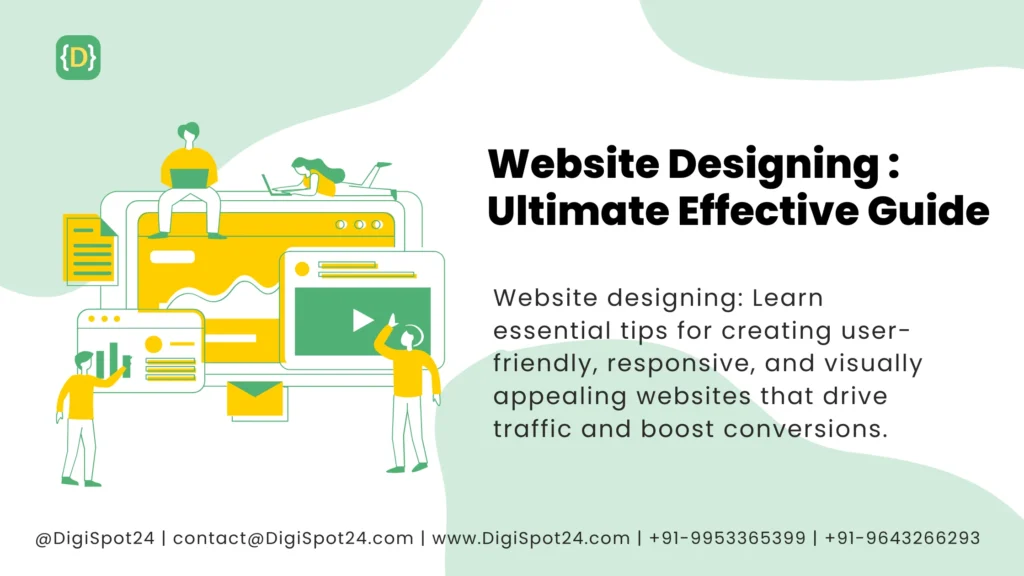
Conclusion: Implementing Effective Website Design for Business Success
Implementing effective website design is essential for business success in the digital age. By focusing on key elements such as user experience, responsive design, navigation,
color schemes, and performance optimization, you can create a website that not only looks great but also delivers a seamless and engaging user experience. Remember, website design is an ongoing process that requires regular testing and optimization to stay ahead of the competition and meet the evolving needs of your audience. With the insights and best practices provided in this guide, you’re well-equipped to design websites that captivate, convert, and contribute to your business growth. So, take the next step and start implementing these strategies to elevate your website designing skills and achieve your business goals.

